Home>Furniture & Design>Living Room Furniture>How To Paint A Dining Table
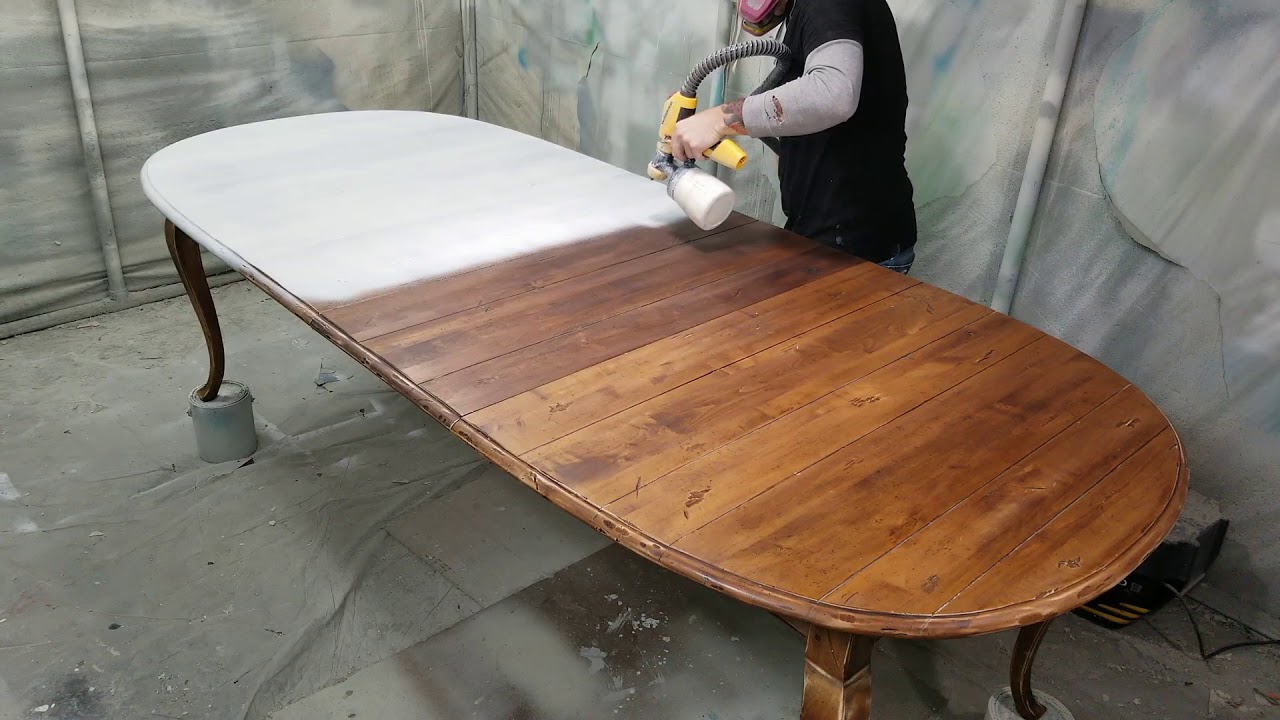

Living Room Furniture
How To Paint A Dining Table
Modified: January 9, 2024
Learn how to paint a dining table to give your living room furniture a fresh new look. Get expert tips and design ideas for a stunning transformation. Discover the best techniques for refinishing your furniture.
(Many of the links in this article redirect to a specific reviewed product. Your purchase of these products through affiliate links helps to generate commission for Storables.com, at no extra cost. Learn more)
Introduction
So, you've decided it's time to give your dining table a fresh new look. Whether you want to revitalize an old, worn-out table or simply add a pop of color to your dining area, painting your dining table can be a rewarding and budget-friendly DIY project. With a bit of creativity and the right materials, you can transform your dining table into a stunning centerpiece that reflects your personal style.
In this comprehensive guide, we'll walk you through the step-by-step process of painting a dining table, from the essential materials you'll need to the finishing touches that will make your project shine. With a little patience and attention to detail, you can achieve professional-looking results and breathe new life into your dining space.
So, roll up your sleeves, gather your supplies, and let's dive into the exciting world of dining table transformation!
Key Takeaways:
- Transform your dining table into a stunning centerpiece by following these steps for a rewarding and budget-friendly DIY project. Embrace creativity and attention to detail for professional-looking results.
- Prepare, sand, prime, paint, and add finishing touches to breathe new life into your dining table. Enjoy the satisfaction of creating a captivating centerpiece that reflects your unique style and personality.
Read more: How To Paint An Ikea Dining Table
Materials Needed
Before you embark on your dining table painting adventure, it's essential to gather all the necessary materials. Here's a list of items you'll need to ensure a successful and enjoyable painting experience:
- Dining Table: The star of the show! Make sure it's clean and free of any debris.
- Sandpaper: Choose a medium-grit sandpaper (e.g., 120-150 grit) for initial sanding and a finer grit (e.g., 220-240 grit) for smoothing.
- Primer: Look for a high-quality primer suitable for the material of your dining table (wood, laminate, etc.).
- Paint: Select a durable paint specifically designed for furniture, such as chalk paint or furniture paint in your preferred color.
- Paintbrushes or Rollers: Invest in good-quality brushes or rollers for smooth and even application.
- Painter’s Tape: Use this to protect areas you don’t want to paint, such as table legs or decorative edges.
- Drop Cloth or Newspaper: Cover your workspace to prevent paint spills and splatters.
- Clean Cloth and Mild Cleaner: For wiping down the table before painting and removing any dust or residue.
- Protective Gear: This includes gloves, a mask, and safety goggles to safeguard yourself during sanding and painting.
- Sealer or Topcoat: Consider using a clear sealer or topcoat to protect the painted surface and enhance durability.
- Optional: Decorative Hardware or Accessories: If you plan to update the hardware or add embellishments, have these on hand as well.
By ensuring you have all these materials ready, you’ll be well-prepared to tackle each step of the painting process with confidence and efficiency.
Preparation
Before diving into the exhilarating world of painting, proper preparation is key to achieving a flawless finish. Follow these essential steps to ensure your dining table is primed and ready for its stunning makeover:
- Clean the Table: Start by thoroughly cleaning the dining table to remove any dirt, grease, or residue. Use a mild cleaner and a clean cloth to wipe down the entire surface, ensuring it’s free of any grime that could affect the paint adhesion.
- Remove Existing Finish (If Necessary): If your dining table has an existing finish that needs to be removed, consider using a paint stripper or sanding method to take it down to the bare surface. Follow all safety precautions and product instructions when using chemical strippers.
- Protect Surrounding Areas: If you’re painting indoors, take the time to protect the surrounding floor and furniture with a drop cloth or layers of newspaper to prevent accidental paint splatters.
- Disassemble (If Applicable): If your dining table has removable components such as legs or extensions, consider disassembling it to make the painting process more manageable and ensure complete coverage.
- Masking and Taping: Use painter’s tape to mask off any areas you don’t want to paint, such as table legs, decorative edges, or hardware. This step will help you achieve clean and precise lines.
- Ventilation: If you’re working indoors, ensure proper ventilation in the painting area to disperse fumes and aid in the drying process. Open windows and use fans as needed.
By meticulously preparing your dining table for the painting journey ahead, you’ll set the stage for a seamless and successful transformation. Taking the time to complete these preparatory tasks will contribute to the professional quality of the final result.
Sanding
Sanding is a crucial step in the process of painting a dining table, as it creates a smooth and uniform surface for the paint to adhere to. Follow these steps to ensure your sanding efforts yield exceptional results:
- Initial Sanding: Begin by using medium-grit sandpaper (around 120-150 grit) to sand the entire surface of the dining table. This initial sanding will help remove any existing finish, roughen the surface for better paint adhesion, and address minor imperfections.
- Focus on Details: Pay special attention to intricate details, edges, and any decorative elements on the table. Use sandpaper or sanding blocks to reach into crevices and ensure all areas are properly prepped for painting.
- Smooth Finish: After the initial sanding, switch to a finer grit sandpaper (around 220-240 grit) to achieve a smooth and velvety surface. This step is crucial for creating a flawless base for the paint application.
- Remove Dust: Once sanding is complete, thoroughly remove all sanding dust from the table using a clean, damp cloth or a tack cloth. It’s essential to start the painting process with a clean and dust-free surface.
By dedicating time and attention to the sanding process, you’ll lay the foundation for a beautifully painted dining table. The effort you invest in achieving a perfectly smooth and well-prepped surface will be reflected in the final, professional-looking result.
Before painting a dining table, make sure to sand the surface to remove any existing finish and create a smooth base for the new paint to adhere to. This will ensure a professional-looking and long-lasting finish.
Priming
Priming is a critical preparatory step that sets the stage for the paint to adhere effectively and ensures a durable and long-lasting finish. Follow these guidelines to prime your dining table with precision and care:
- Choose the Right Primer: Select a high-quality primer specifically formulated for the material of your dining table. For wooden tables, a wood primer is ideal, while laminate tables may require a different type of primer. Consult with your local hardware store or paint supplier for recommendations.
- Application Technique: Using a high-quality paintbrush or roller, apply an even coat of primer to the entire surface of the table. Ensure that the primer is spread uniformly, covering all areas that will be painted.
- Allow Sufficient Drying Time: Follow the manufacturer’s instructions regarding the drying time for the primer. It’s crucial to allow the primer to dry completely before proceeding to the painting stage.
- Sand Between Coats (If Necessary): Depending on the type of primer used, you may need to lightly sand the primed surface between coats to achieve optimal smoothness. Follow the primer manufacturer’s recommendations for sanding between coats, if applicable.
- Inspect for Uniform Coverage: After the primer has dried, inspect the table surface to ensure that the primer has provided uniform coverage and a consistent base for the paint. Touch up any areas that may require additional priming for an even foundation.
By priming your dining table meticulously, you’ll create an ideal canvas for the paint, promoting adhesion and enhancing the overall durability of the finished paint job. A well-primed surface is key to achieving a professional-quality result that will stand the test of time.
Read more: How To Paint Dining Chairs?
Painting
Now comes the exciting stage of adding color and personality to your dining table. With the right techniques and attention to detail, you can achieve a flawless and vibrant painted finish. Follow these steps to paint your dining table with finesse:
- Choose the Right Paint: Select a high-quality paint specifically designed for furniture, such as chalk paint or furniture paint. Consider the color scheme of your dining area and opt for a paint hue that complements the overall decor.
- Application Method: Use a high-quality paintbrush or roller to apply the paint evenly to the entire surface of the table. Work in smooth, overlapping strokes to ensure consistent coverage and a uniform finish.
- Multiple Coats: Depending on the desired opacity and depth of color, you may need to apply multiple coats of paint. Allow each coat to dry completely before applying the next, following the paint manufacturer’s recommended drying times.
- Smooth and Even Finish: Pay close attention to achieving a smooth and even finish with each coat of paint. Sand lightly between coats if necessary to address any imperfections and promote a flawless final result.
- Detail Work: Take care when painting intricate details, edges, and any decorative elements on the table. Use a smaller brush or a steady hand to ensure precision in these areas.
- Drying Time: Once the final coat of paint has been applied and has dried thoroughly, allow the table to cure for the recommended time before proceeding to the next step. This curing period will help ensure the durability of the painted finish.
By approaching the painting process with patience and precision, you’ll transform your dining table into a stunning focal point that reflects your unique style and creativity. The application of paint is where the magic happens, breathing new life into your beloved table.
Finishing Touches
As you near the completion of your dining table painting project, it’s time to add the finishing touches that will elevate the overall look and ensure the longevity of the painted finish. Paying attention to these final details will result in a beautifully refurbished dining table that exudes charm and durability:
- Sealing the Paint: Consider applying a clear sealer or topcoat to the painted surface to protect it from daily wear and tear. Choose a product that is compatible with the type of paint used and follow the manufacturer’s instructions for application.
- Hardware and Accessories: If you’ve removed and refurbished the table’s hardware or plan to add decorative accessories, now is the time to reattach or embellish the table. Ensure that any added elements complement the newly painted surface.
- Reassembly (If Applicable): If you disassembled the table for painting, carefully reassemble it, ensuring that all components fit snugly and securely. Take care to protect the painted surfaces during reassembly.
- Inspect for Quality: Thoroughly inspect the painted surface for any imperfections or areas that may require touch-ups. Address any issues with precision to achieve a flawless final result.
- Curing Time: Allow the painted and sealed table to cure for the recommended time before placing any items on its surface. This curing period will enhance the durability and resilience of the painted finish.
- Admire Your Handiwork: Step back and admire the transformation you’ve achieved. Revel in the satisfaction of breathing new life into your dining table and creating a captivating centerpiece for your home.
By attending to these finishing touches with care and consideration, you’ll ensure that your painted dining table not only looks stunning but also withstands the rigors of daily use, becoming a cherished focal point in your living space.
Conclusion
Congratulations on successfully completing the transformative journey of painting your dining table! Through meticulous preparation, skilled application, and thoughtful finishing touches, you’ve revitalized a functional piece of furniture into a captivating focal point for your dining area. Your creativity and dedication have yielded a stunning result that reflects your unique style and personality.
As you admire your newly painted dining table, take pride in the craftsmanship and care you’ve invested in this DIY project. Not only have you breathed new life into a cherished piece of furniture, but you’ve also demonstrated the power of creativity and resourcefulness in home decor.
Now, as you gather around your beautifully refurbished table for meals and gatherings, you’ll be reminded of the rewarding journey you embarked upon to create a space that is both inviting and reflective of your personal aesthetic. The vibrant colors and flawless finish of your painted table will serve as a testament to your dedication and ingenuity.
Remember, the skills and knowledge you’ve gained from this experience can be applied to future DIY projects, empowering you to continue enhancing your living space with creativity and confidence. Whether it’s revamping other furniture pieces or taking on new decor endeavors, your newfound expertise in painting furniture will serve you well.
Embrace the joy of breathing new life into your surroundings, and let your painted dining table stand as a testament to the transformative power of DIY creativity. Cheers to your beautifully painted table and the countless memorable moments it will host in the years to come!
Frequently Asked Questions about How To Paint A Dining Table
Was this page helpful?
At Storables.com, we guarantee accurate and reliable information. Our content, validated by Expert Board Contributors, is crafted following stringent Editorial Policies. We're committed to providing you with well-researched, expert-backed insights for all your informational needs.
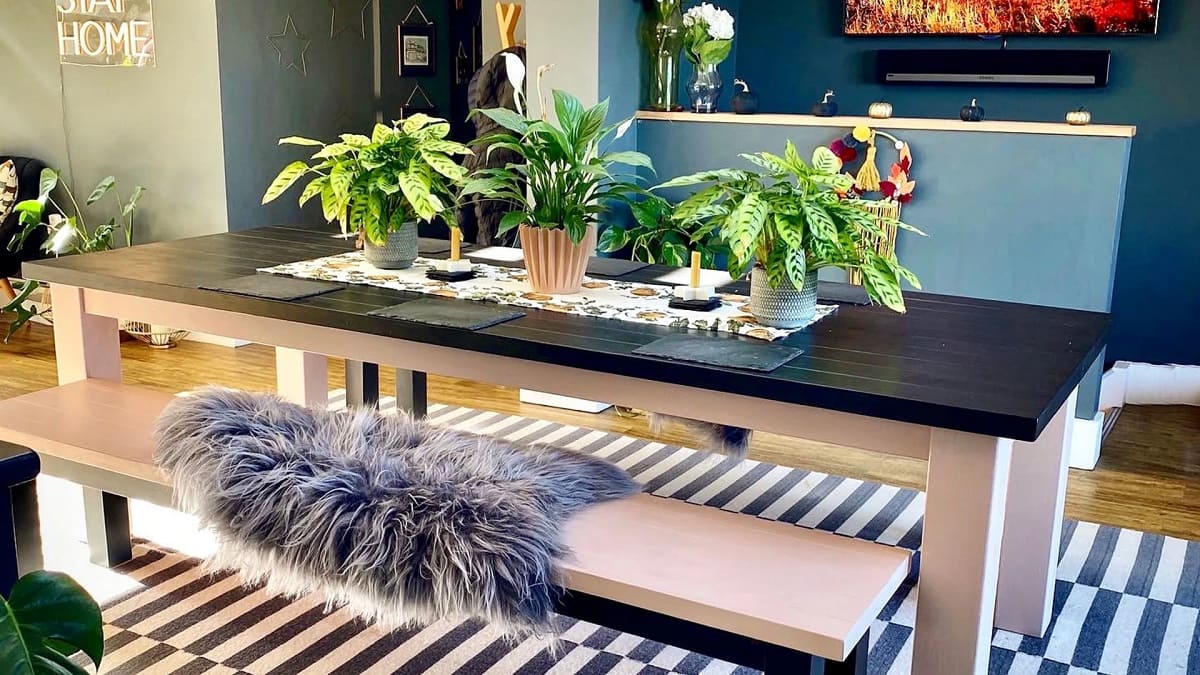
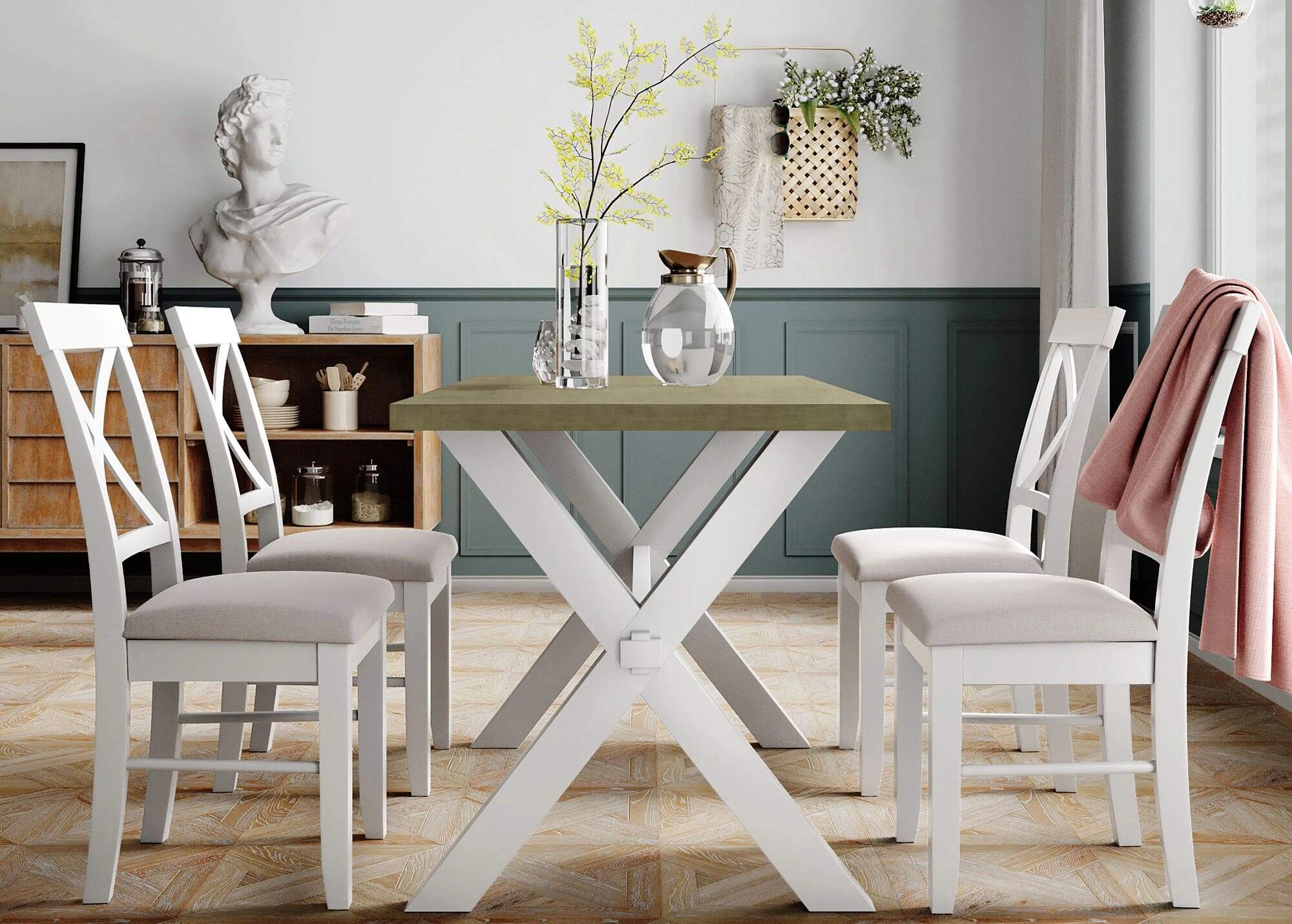
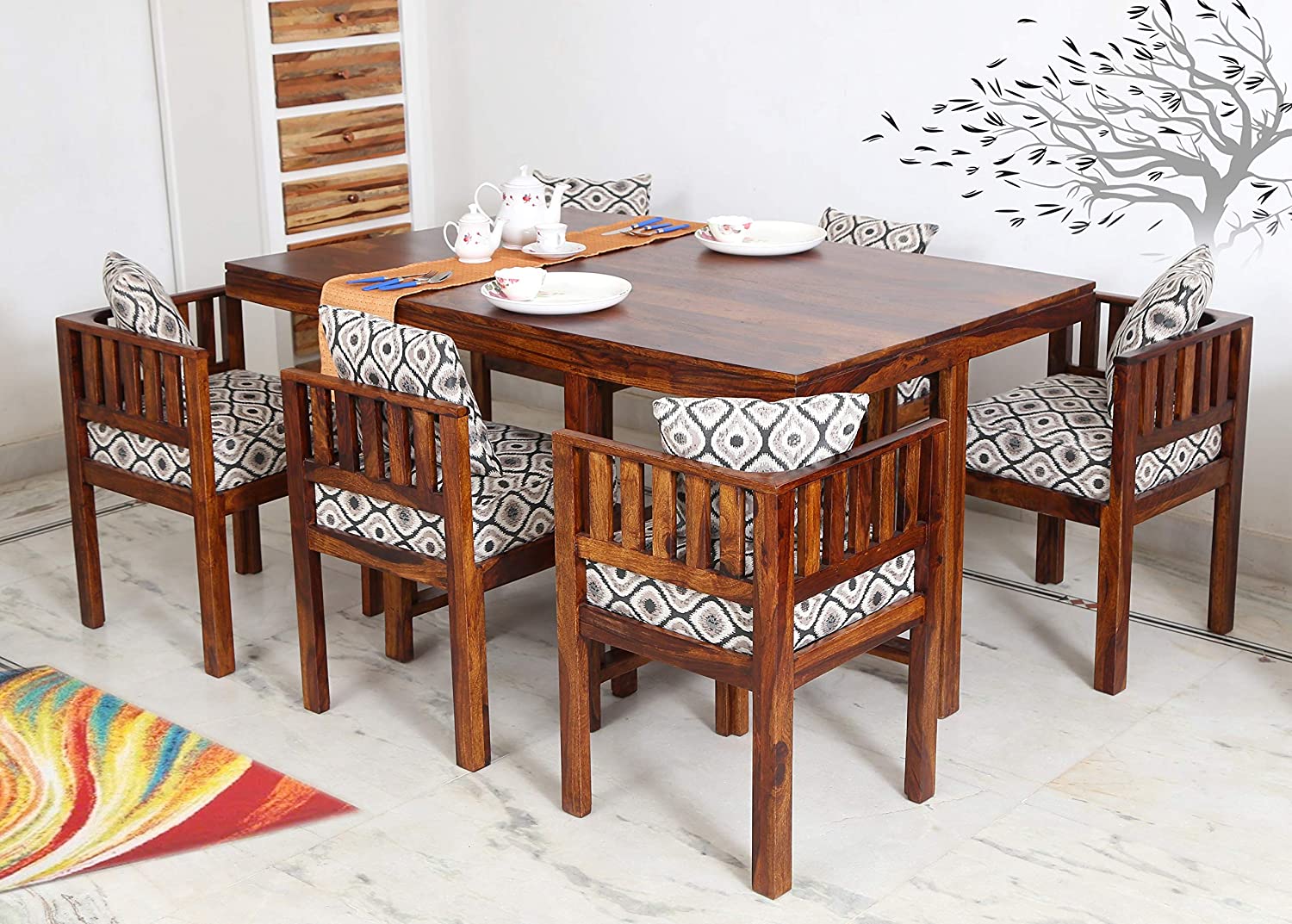
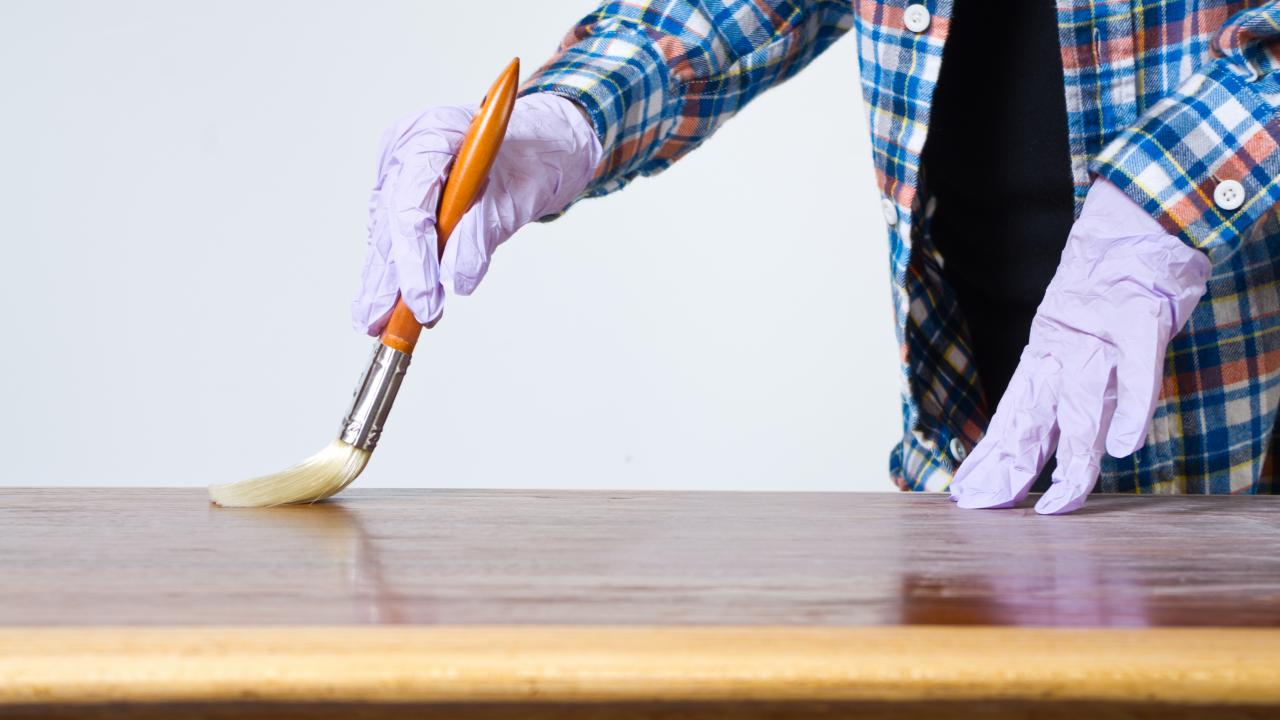
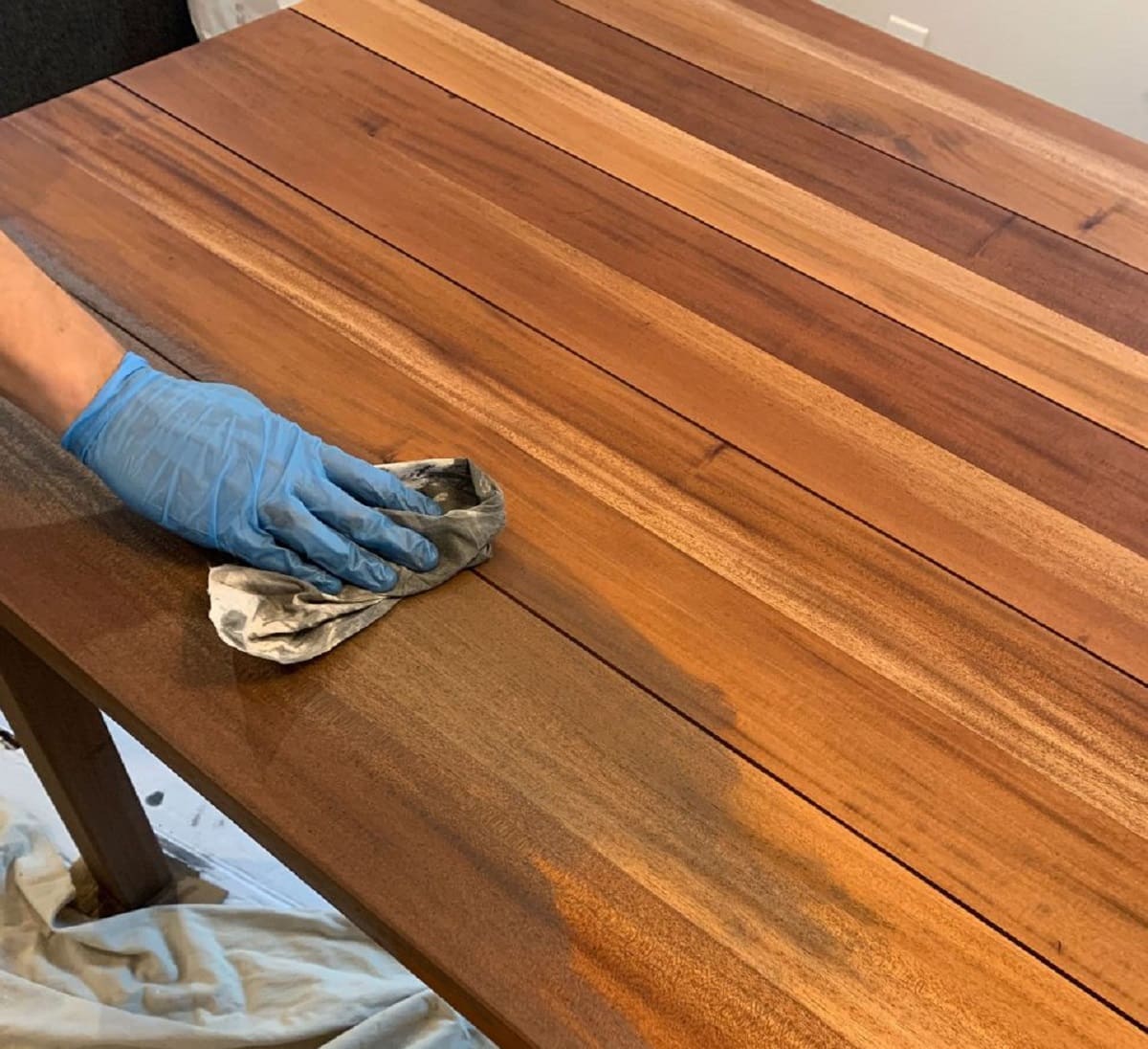
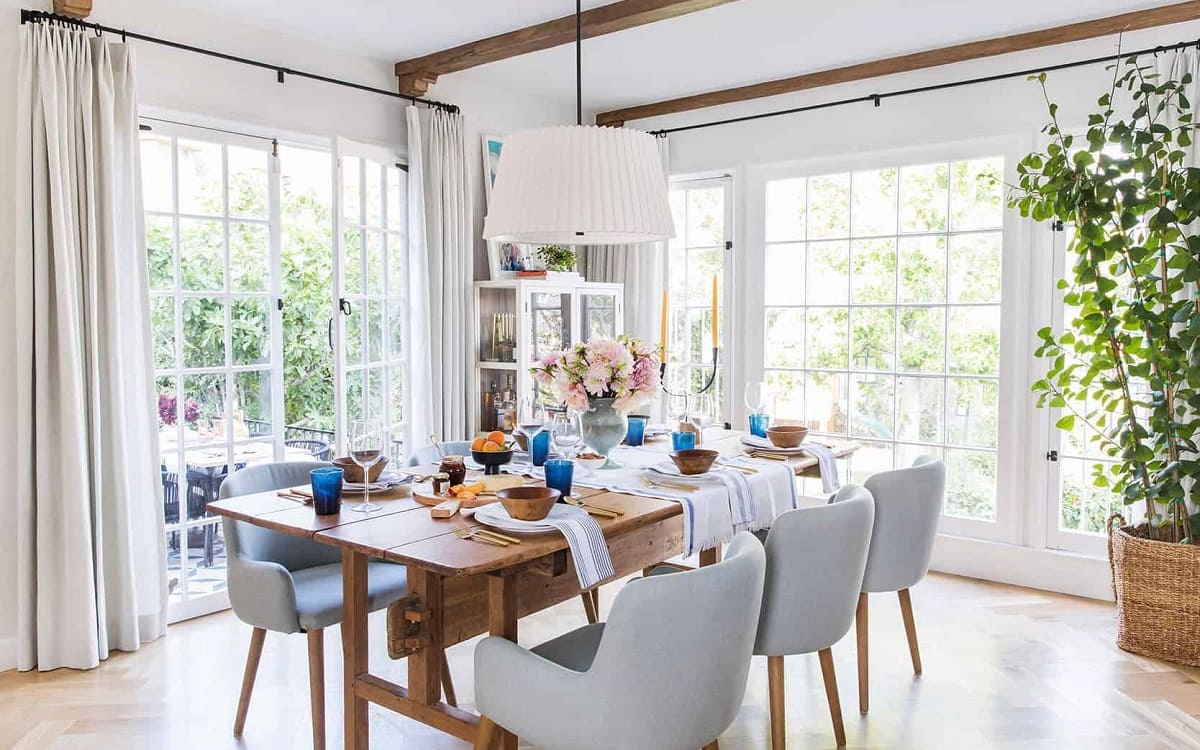
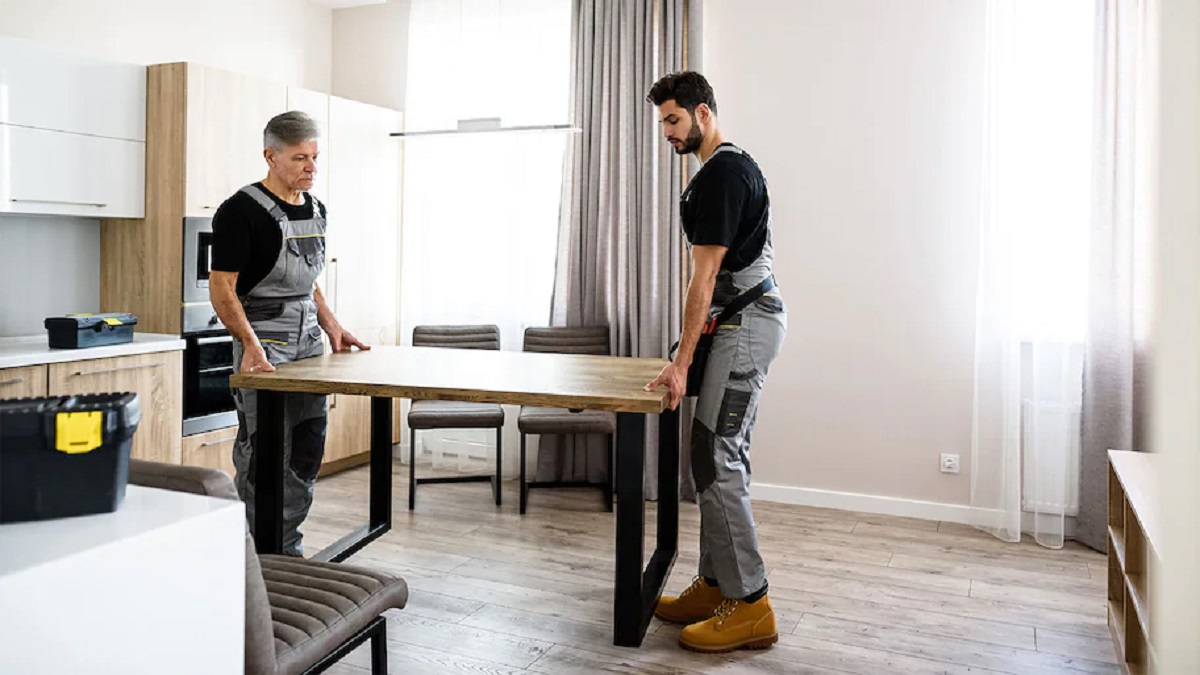
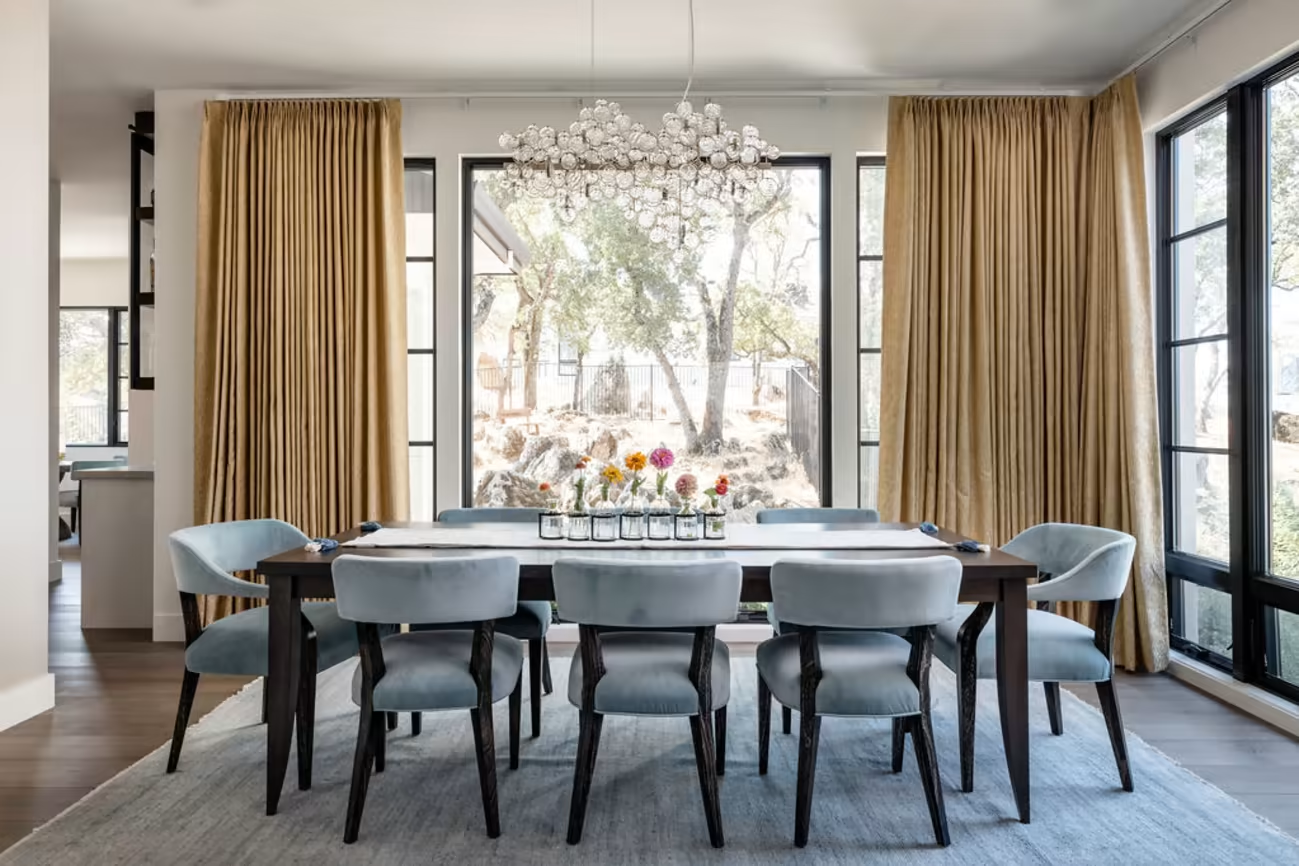
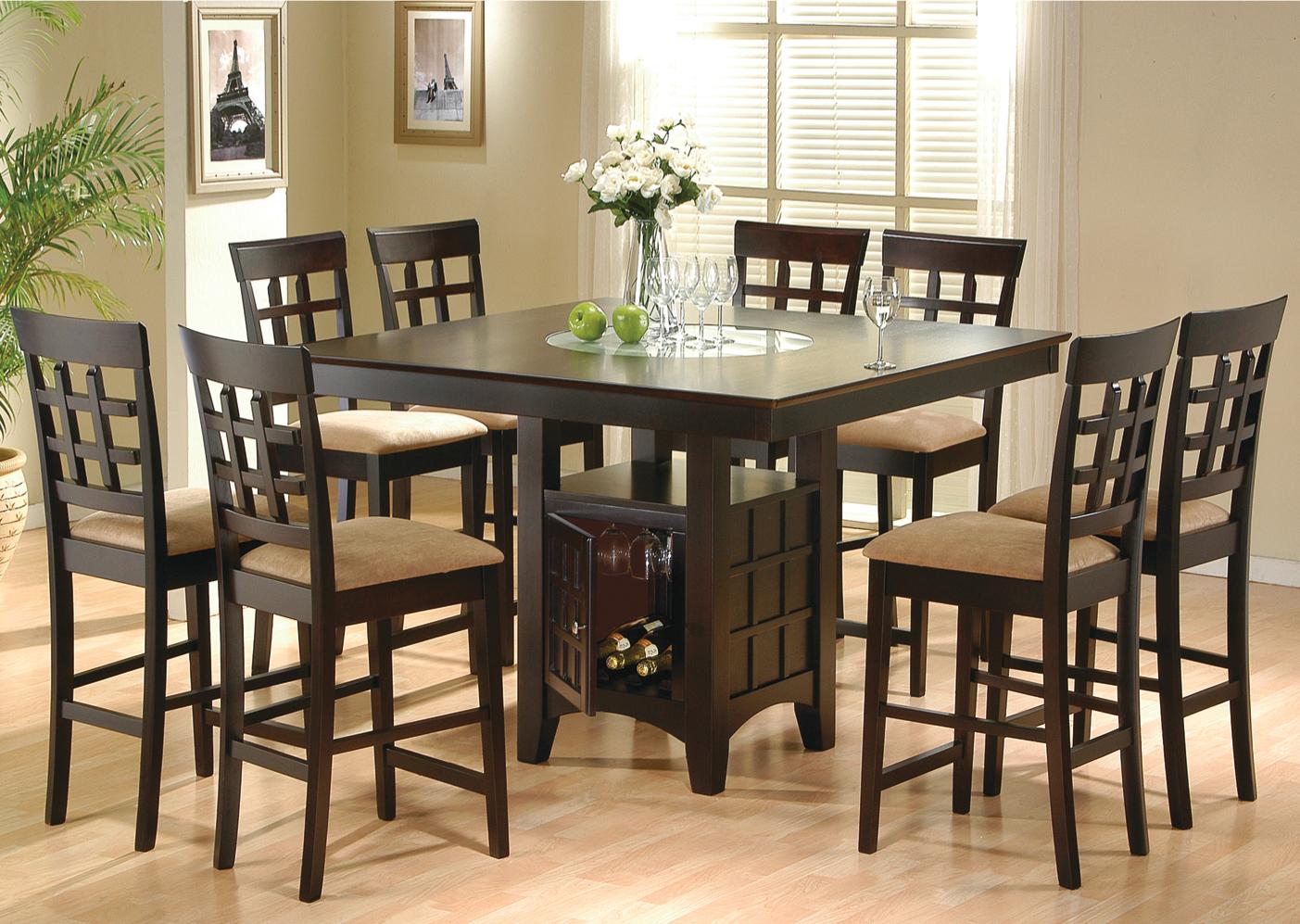
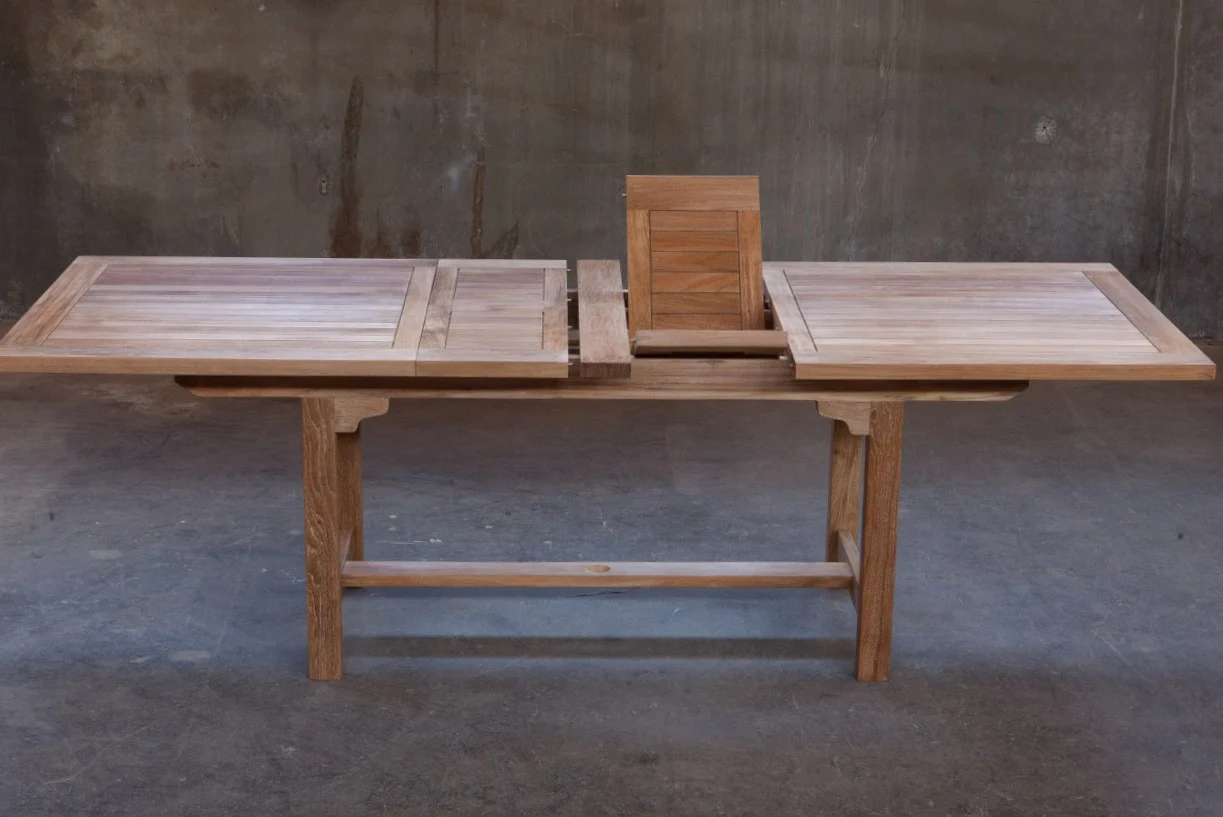
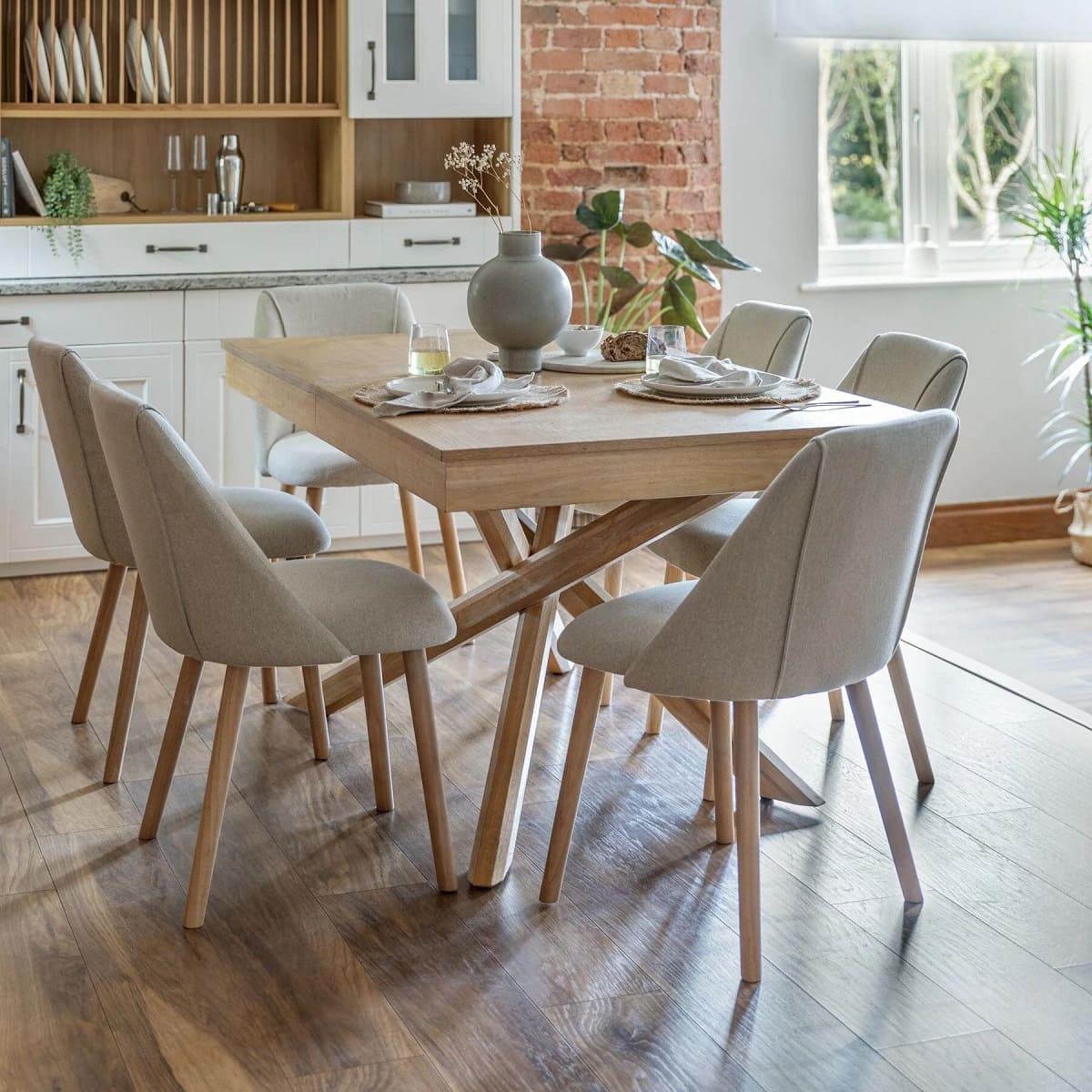
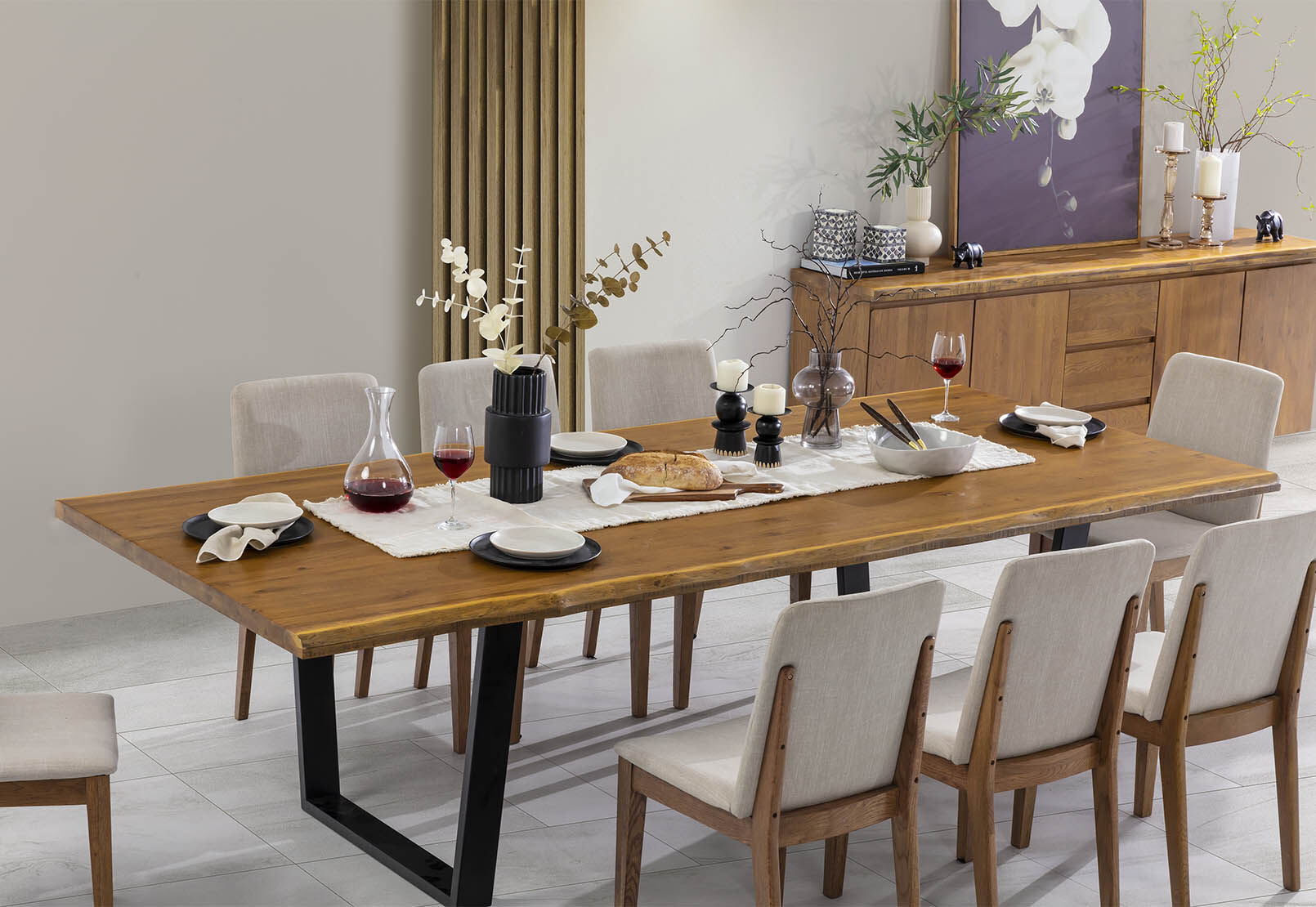
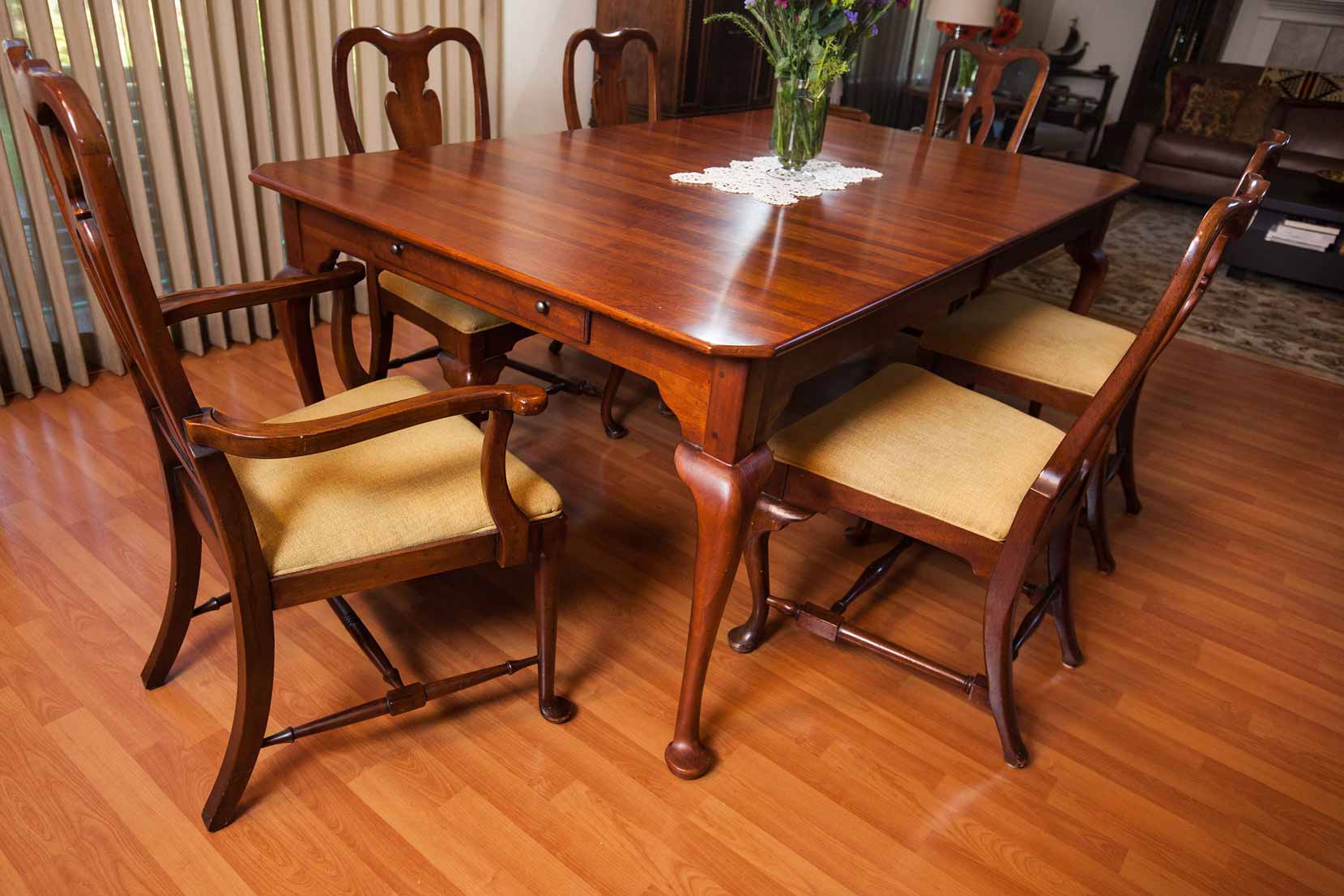
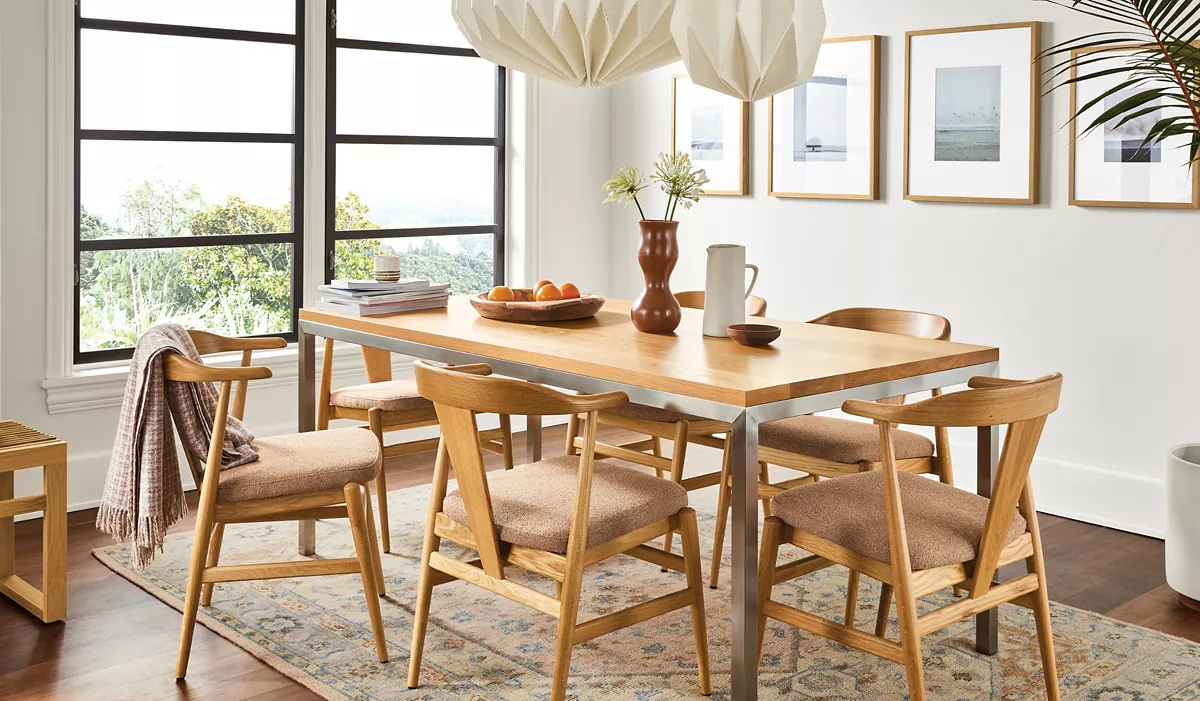

0 thoughts on “How To Paint A Dining Table”